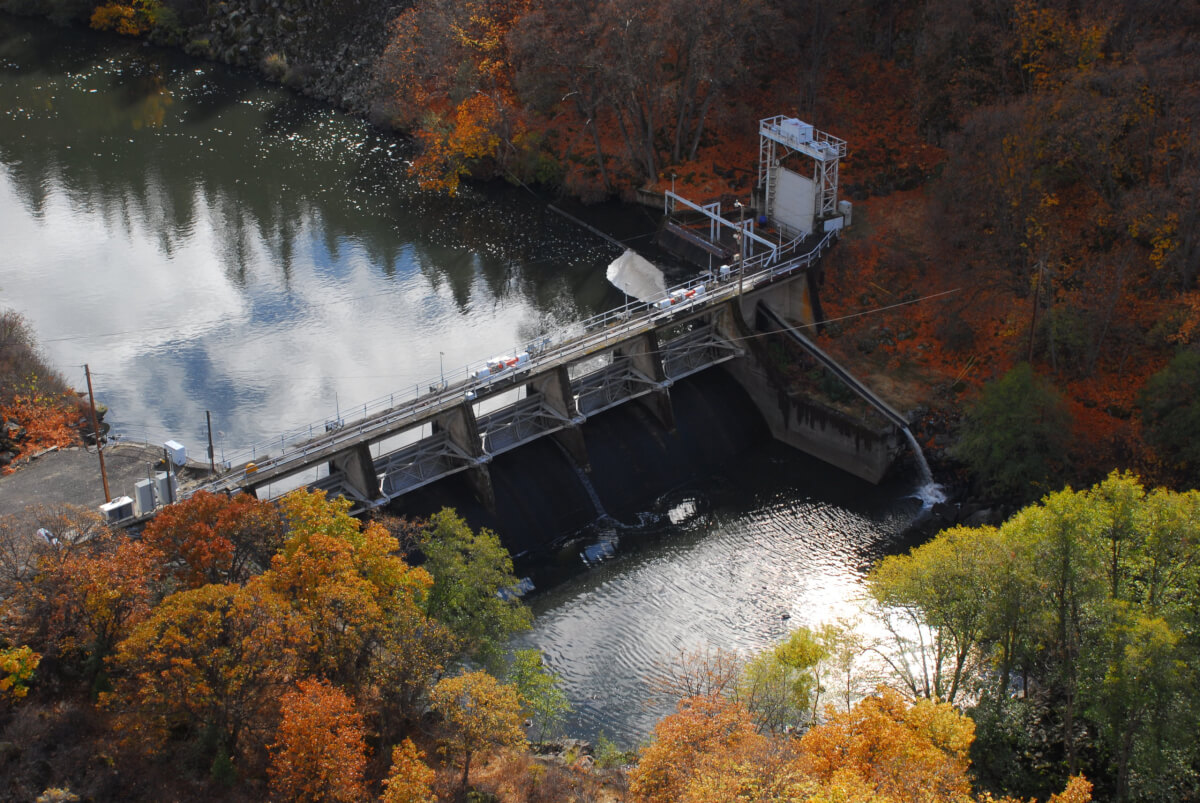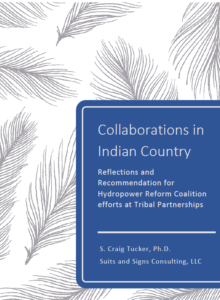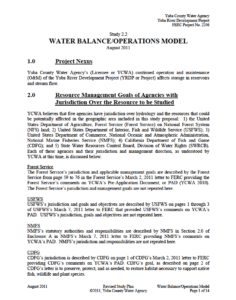HRC Joins Discussion to Advance Opportunities to Restore Rivers Impacted by Hydropower

Copco 2 Dam, Klamath River. Photo by Tom O’Keefe.
The impacts from climate change are becoming increasingly real. Battling the existential threat of our times requires that we all evaluate our priorities and pull together to bring about meaningful change. Two and a half years ago, the Hydropower Reform Coalition (HRC) took the step of joining a diverse range of representatives from across the United States hydropower industry and the environmental and river conservation communities to take on this challenge. This process, co-convened by Stanford University through its Uncommon Dialogue process and the Energy Futures Initiative, has resulted in a Joint Statement of Collaboration on U.S. Hydropower that outlines our shared task to chart hydropower’s role in a clean energy future in a way that also supports healthy rivers.
The dialogue and Joint Statement focus on three opportunities:
- Rehabilitating both powered and non-powered dams to improve safety, increase climate resilience, and mitigate environmental impacts;
- Retrofitting powered dams and adding generation at non-powered dams to increase renewable generation; developing pumped storage capacity at existing dams; and enhancing dam and reservoir operations for water supply, fish passage, flood mitigation, and grid integration of solar and wind; and
- Removing dams that no longer provide benefits to society, have safety issues that cannot be cost-effectively mitigated, or have adverse environmental impacts that cannot be effectively addressed.
The HRC will continue to oppose new dam construction that will impact our nation’s rivers, but we also recognize that hydropower can have an important role to help integrate renewable energy sources, such as wind and solar, to bring about a clean energy economy. Most importantly, this Joint Statement provides a foundation on which to have a meaningful discussion about how we grapple with our aging dam infrastructure. There are more than 88,000 dams in the federal National Inventory of Dams. These dams serve many purposes including electricity generation, flood control, irrigation, navigation, water supply, and recreation. Some dams, however, pose safety risks, have limited electric generation value, or have unacceptable environmental and social justice impacts. Dams such as those on the Klamath River should not take two decades to remove as impacts continue, and dams with known safety issues like Edenville should not be left to fail.
The Joint Statement contains specific areas of collaboration that will help us address this mounting problem. These include:
- Advocate for Improved U.S. Dam Safety;
- Improve the Measurement, Valuation of and Compensation for Hydropower Flexibility and Reliability Services and Support for Enhanced Environmental Performance;
- Improve Federal Hydropower Licensing, Relicensing, and License Surrender Processes;
- Advocate for Increased Funding for U.S. Dam Rehabilitation, Retrofits and Removals.
While this document provides a roadmap, there are many river miles to be navigated to make these opportunities become reality. This is just the beginning, in fact, and the HRC looks forward to working with members of the hydropower industry, tribal communities, and the river conservation community to develop actions associated with the areas of collaboration outlined in the Joint Statement. Now is the time for more groups to get involved in this important work. We know that addressing the critical challenges of climate change and river degradation with a “business as usual” approach will not get the job done. We are encouraged by the discussion so far and optimistic that, working together, we can achieve an improvement in our climate future while realizing benefits for our nation’s rivers.
Our goal is the same as it has always been. We continue to stand up for rivers, watersheds, and communities affected by hydropower operations, and we believe this dialogue is an important way to advocate for these core priorities.
Please reach out if you have any questions or comments about the Uncommon Dialogue or the Joint Statement of Collaboration on U.S. Hydropower, and we will be happy to discuss them with you.
Dave Steindorf
California Chair


